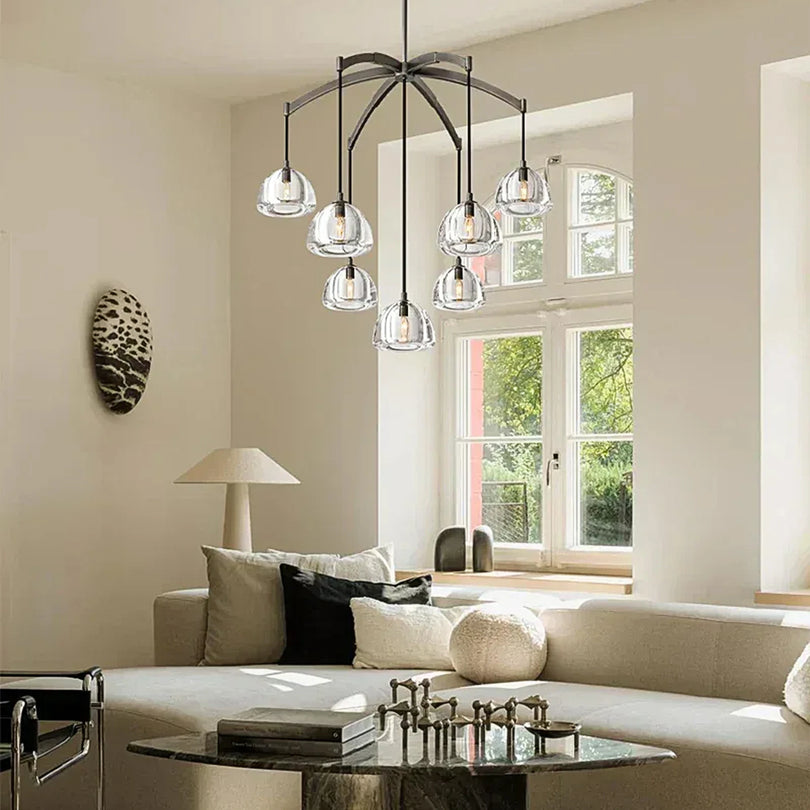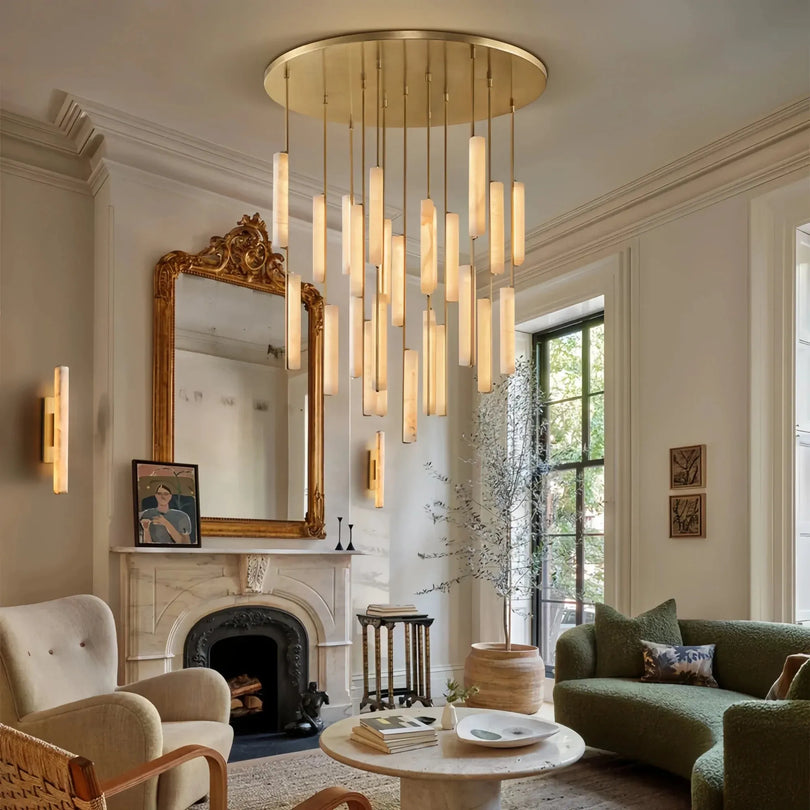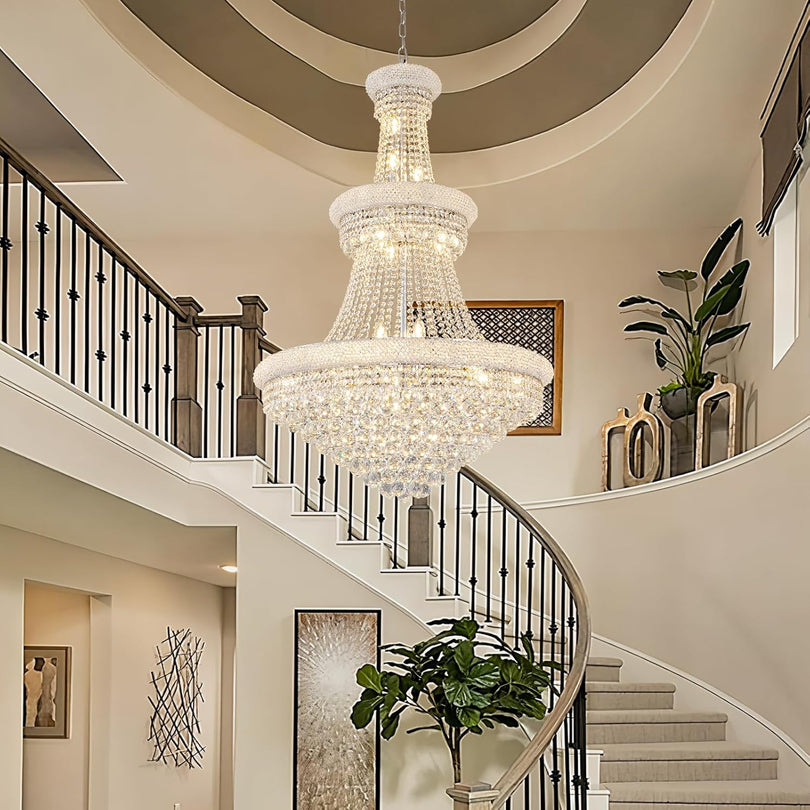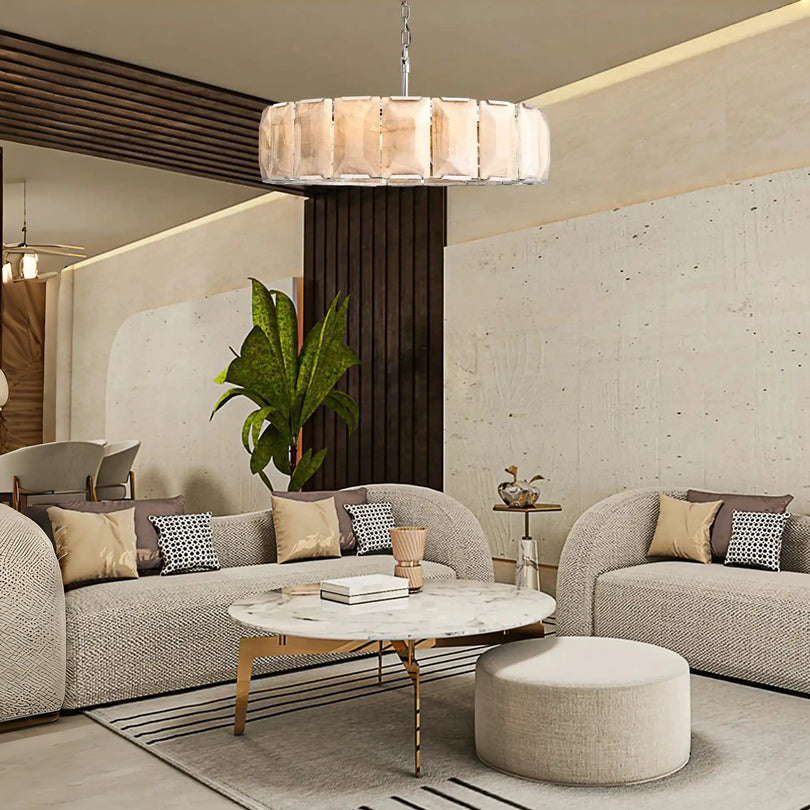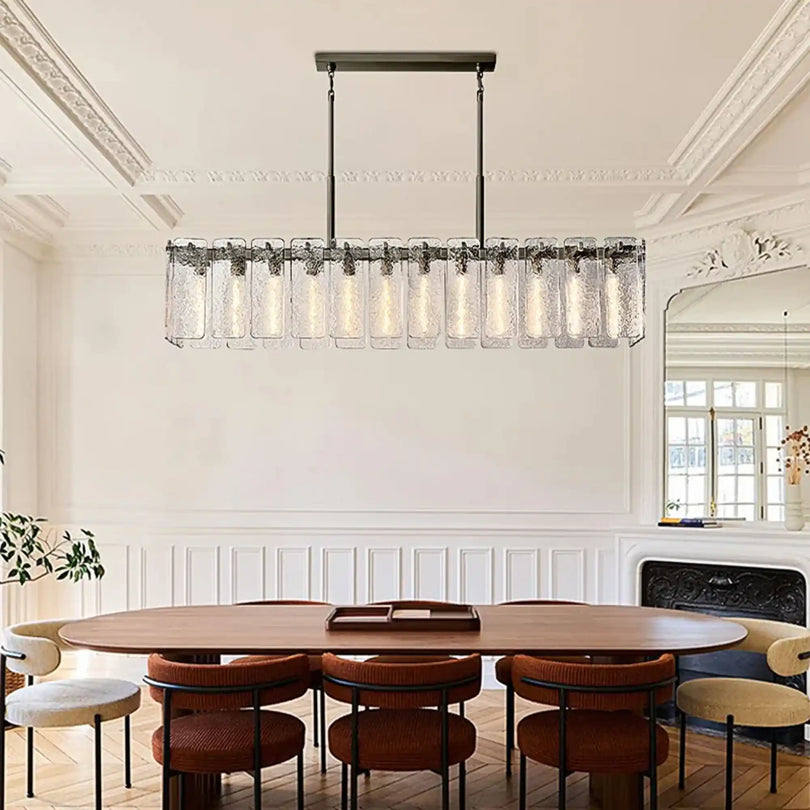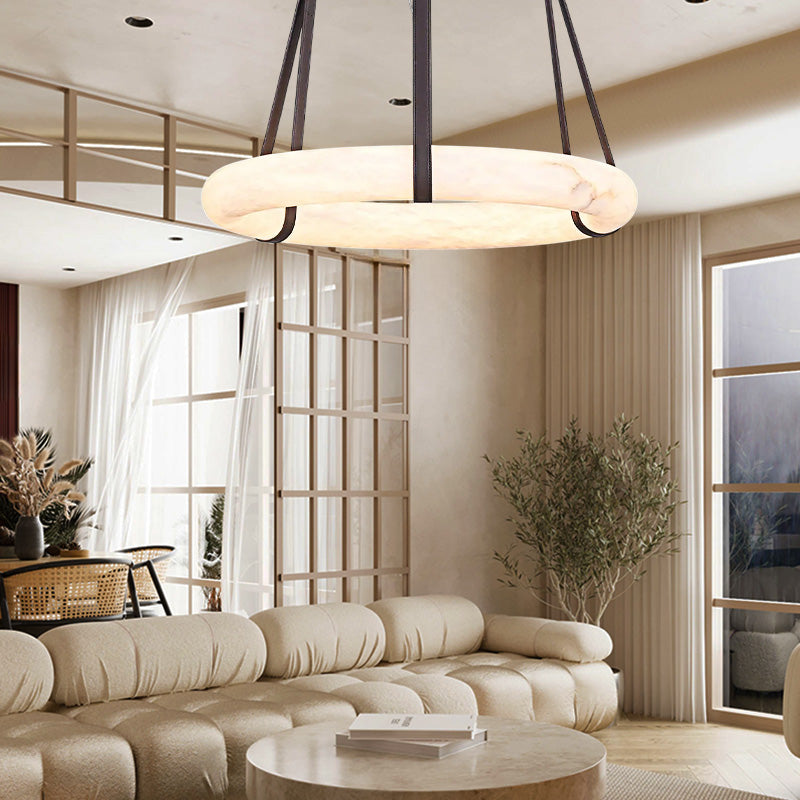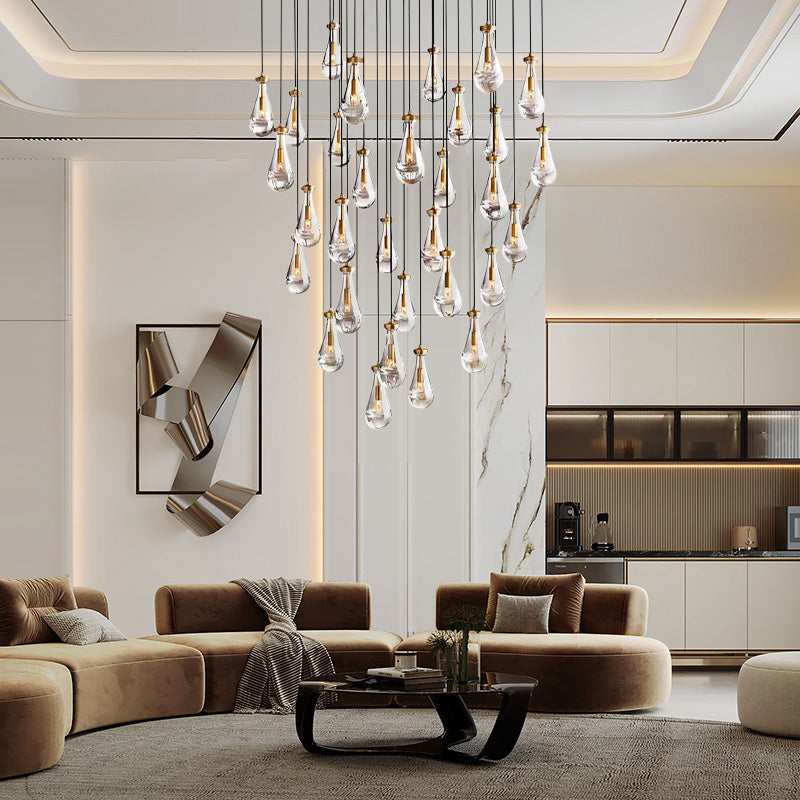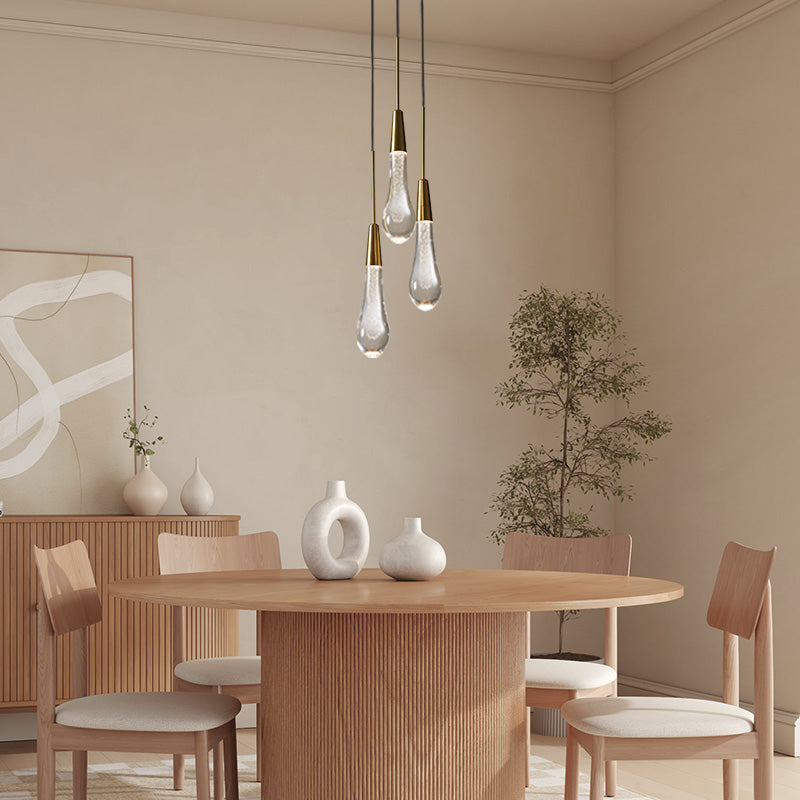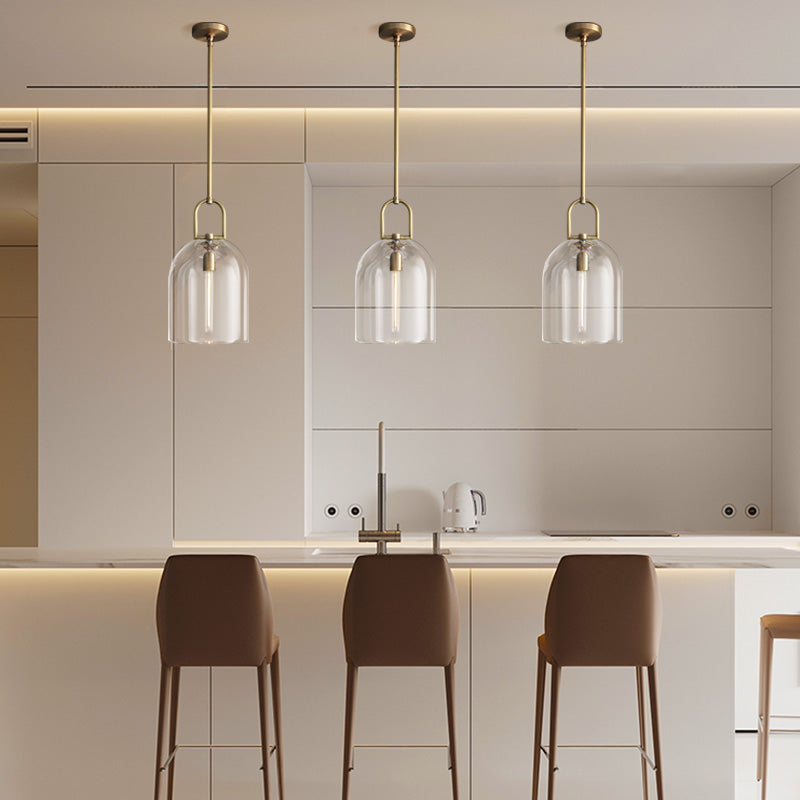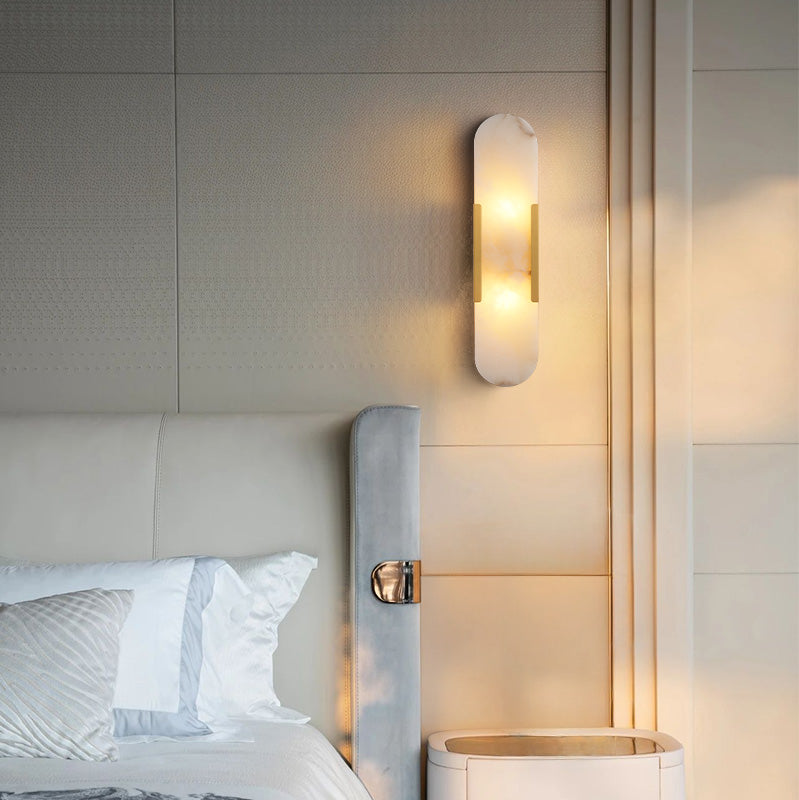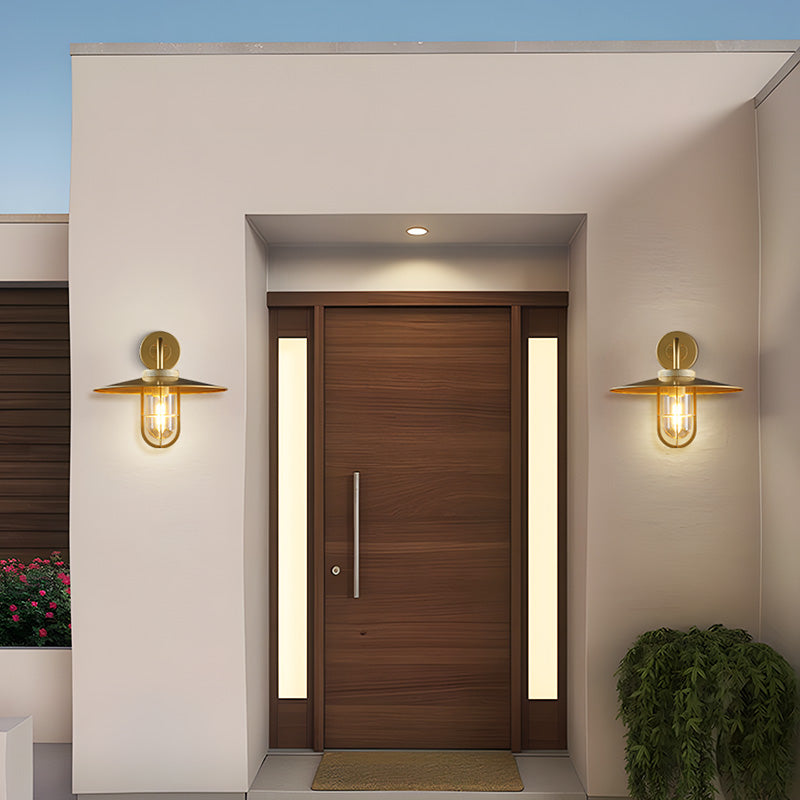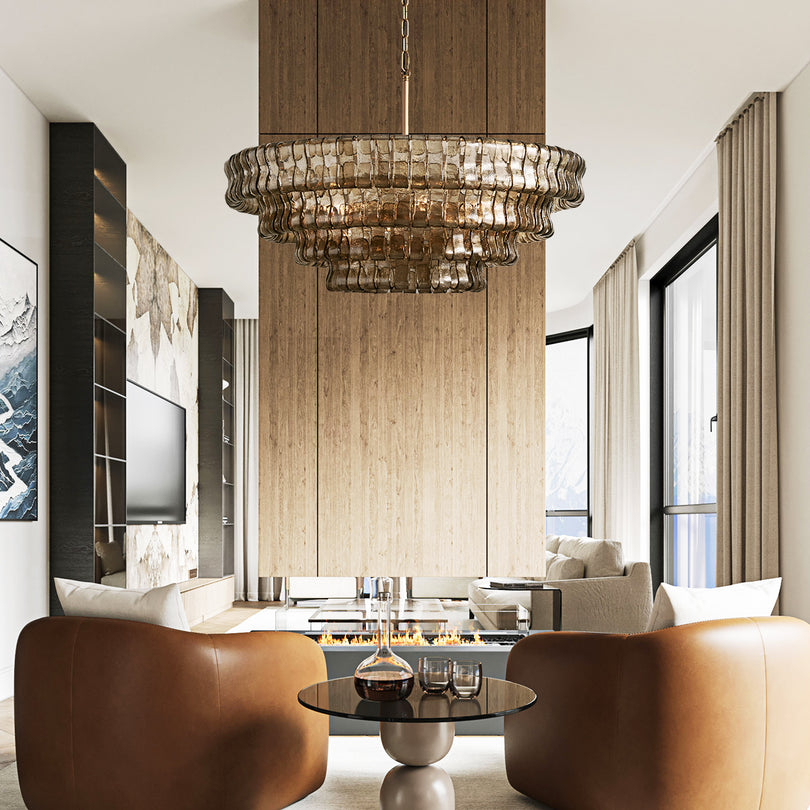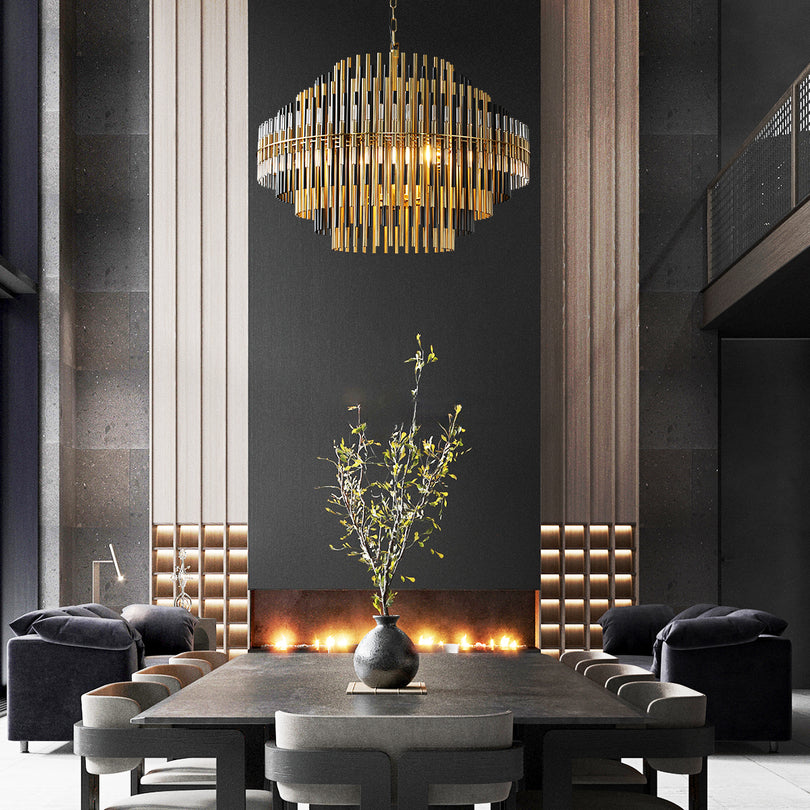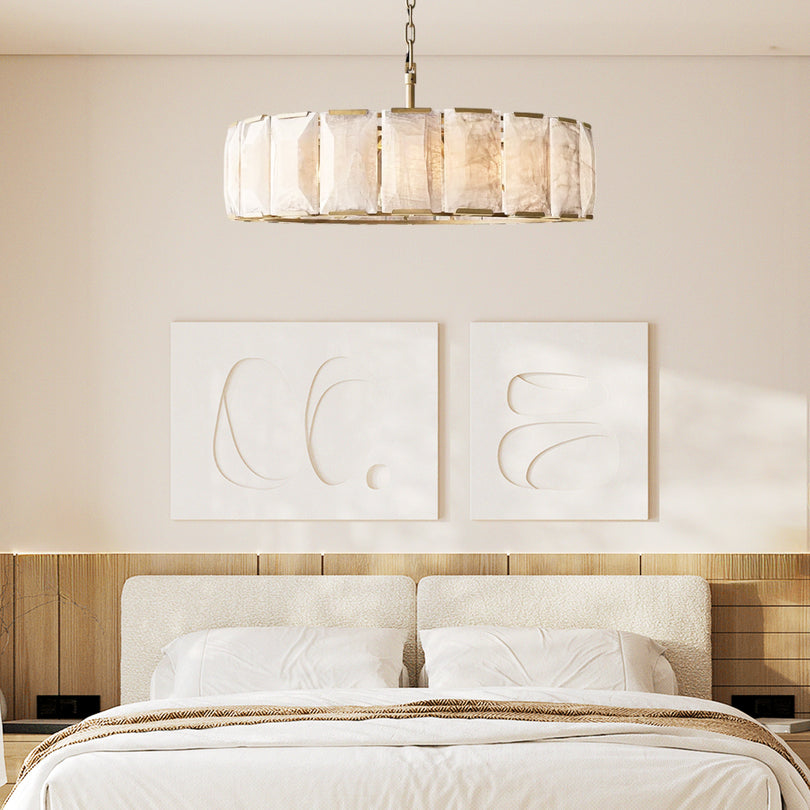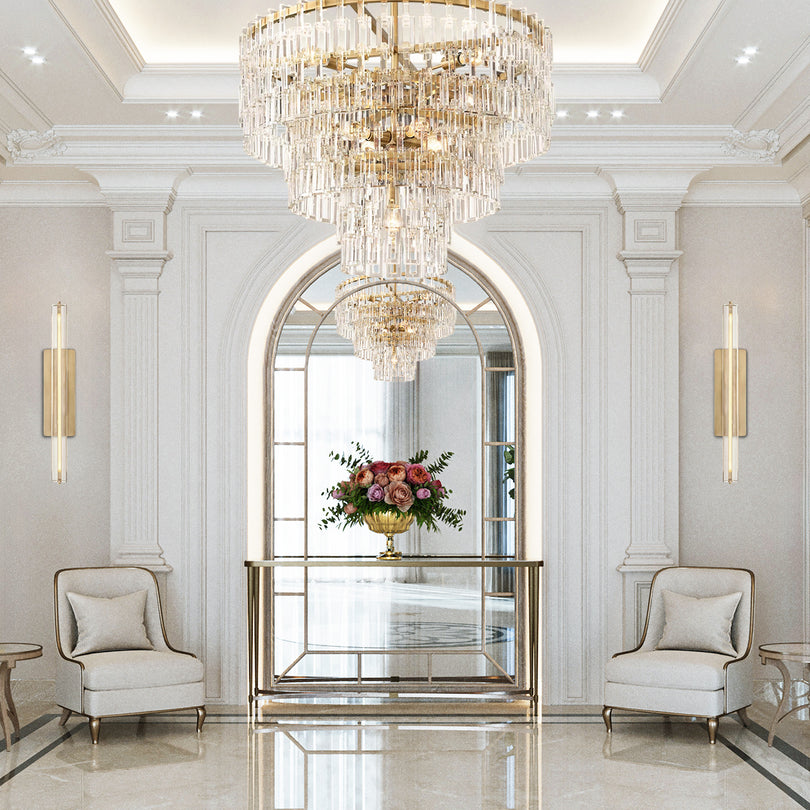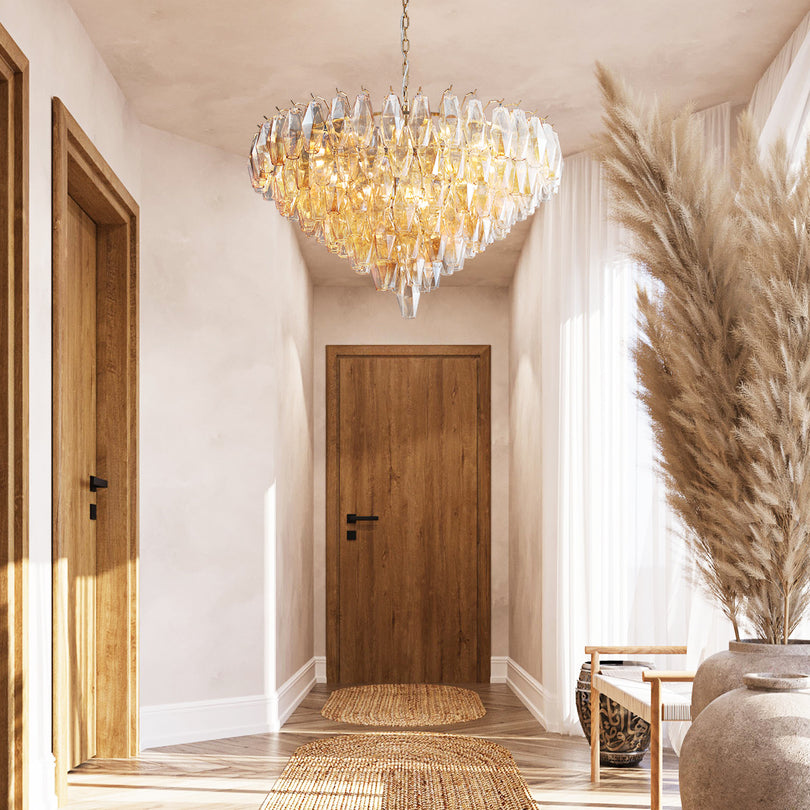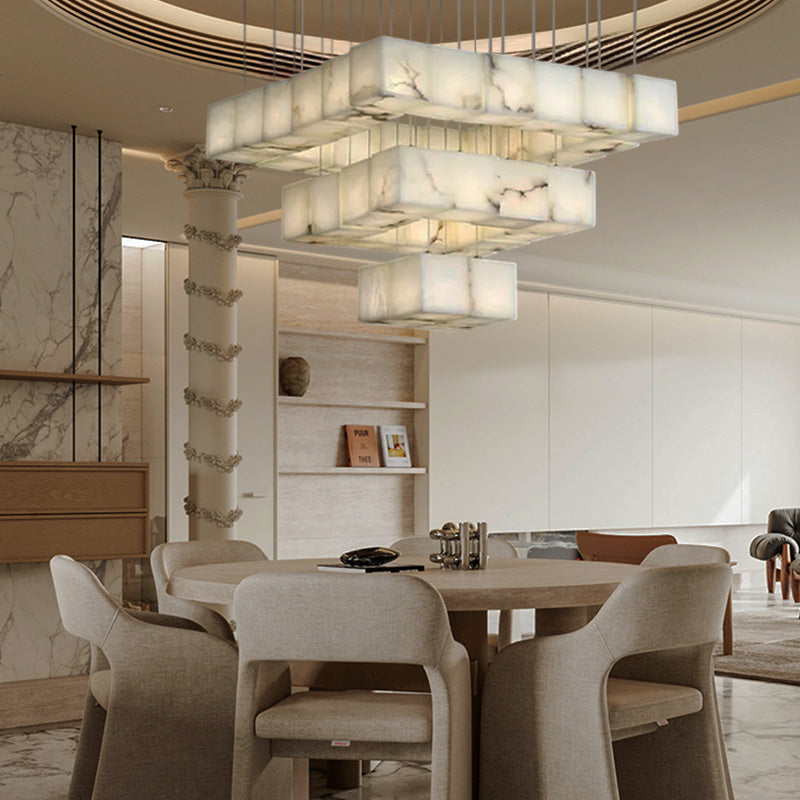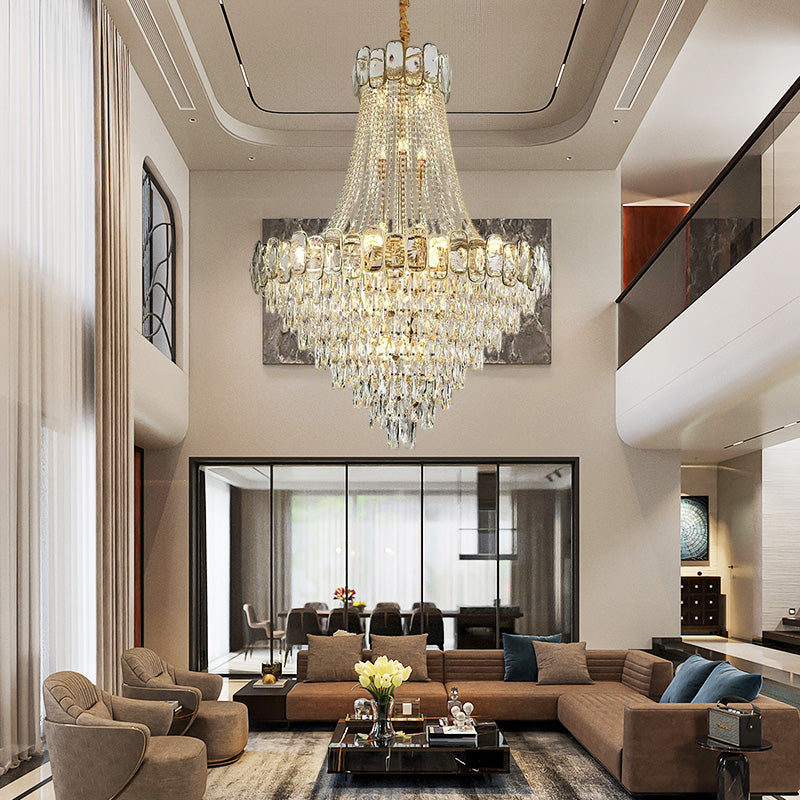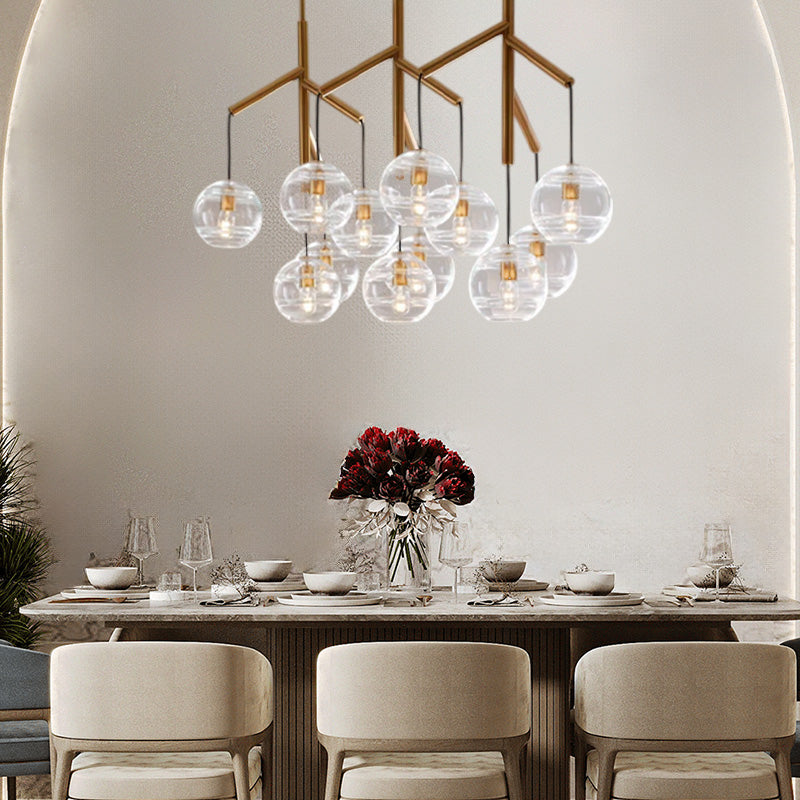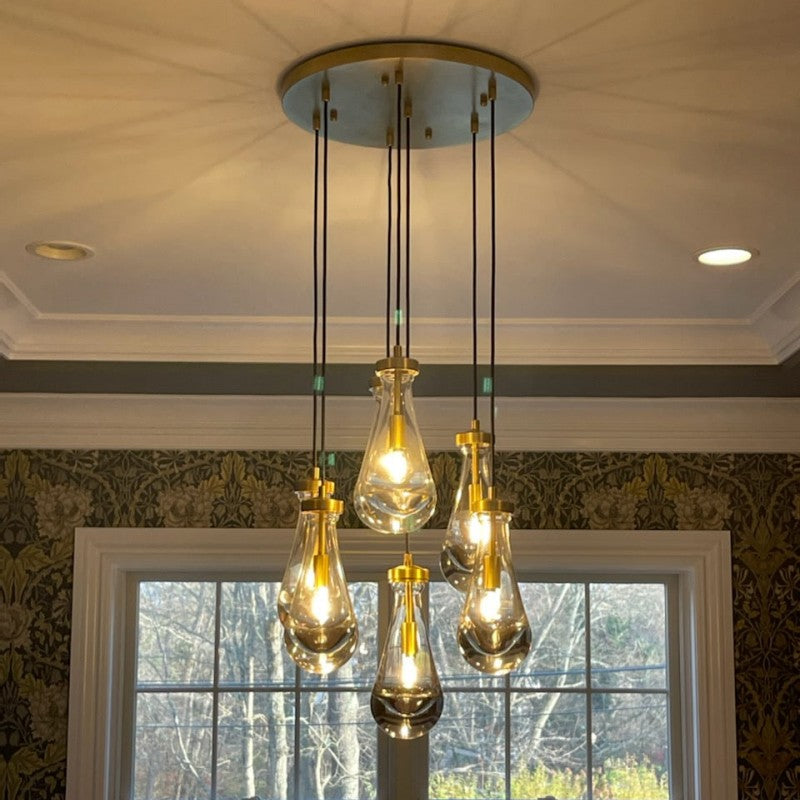Lights play a pivotal role in our lives, not only illuminating our spaces but also setting the mood and enhancing the ambiance. With a plethora of options available, from incandescent bulbs to energy-efficient LEDs, navigating the world of lighting can be overwhelming. In this guide, we’ll shed light on everything you need to know about lights, from different types of bulbs to lighting fixtures and design tips.
Understanding Different Types of Bulbs
-
Incandescent Bulbs: These traditional bulbs produce light by heating a filament wire until it glows. While they are inexpensive and produce a warm, inviting glow, they are less energy-efficient and have a shorter lifespan compared to newer technologies.
-
LED Bulbs: Light Emitting Diode (LED) bulbs are energy-efficient alternatives to incandescent bulbs. They consume less energy, last longer, and produce less heat, making them ideal for both residential and commercial applications. LED bulbs are available in various color temperatures, from warm white to cool daylight, allowing for customizable lighting solutions.
-
Compact Fluorescent Lamps (CFLs): CFL bulbs are another energy-efficient option that use less electricity than incandescent bulbs. They produce light by passing an electric current through a gas-filled tube, which causes the phosphor coating inside the tube to emit light. While CFLs are more energy-efficient than incandescent bulbs, they contain trace amounts of mercury and require proper disposal.
-
Halogen Bulbs: Halogen bulbs are similar to incandescent bulbs but use halogen gas to extend the life of the filament. They produce a bright, white light and are commonly used in floodlights, track lighting, and automotive headlights.
Choosing the Right Lighting Fixtures
-
Ceiling Lights: Ceiling lights are versatile fixtures that provide general illumination to a room. They come in various styles, including flush mounts, semi-flush mounts, chandeliers, and pendant lights, allowing you to customize the look and feel of your space.
-
Wall Sconces: Wall sconces are wall-mounted fixtures that provide accent lighting and add visual interest to walls. They are commonly used in hallways, bedrooms, and bathrooms to enhance ambiance and provide task lighting.
-
Floor Lamps: Floor lamps are freestanding fixtures that provide ambient or task lighting. They come in a variety of styles and designs, from sleek and modern to classic and traditional, allowing you to complement any decor style.
-
Table Lamps: Table lamps are versatile lighting fixtures that provide task lighting and decorative accent. They are commonly used on bedside tables, desks, and side tables to provide focused illumination for reading or working.
Design Tips for Effective Lighting
-
Layered Lighting: Create depth and dimension in your space by incorporating layered lighting, including ambient, task, and accent lighting. This allows you to control the mood and functionality of the room while adding visual interest.
-
Dimmer Switches: Install dimmer switches to customize the intensity of your lighting and create the desired ambiance for any occasion. Dimming your lights can also help conserve energy and extend the life of your bulbs.
-
Consider Color Temperature: Choose bulbs with the right color temperature for your space. Warm white (2700-3000K) bulbs are ideal for creating a cozy atmosphere in living rooms and bedrooms, while cool white (4000-5000K) bulbs are suitable for task-oriented areas like kitchens and bathrooms.
-
Highlight Architectural Features: Use lighting to highlight architectural features, artwork, and decorative elements in your space. Directional spotlights, track lighting, and recessed lights can draw attention to focal points and create visual interest.
In conclusion, understanding different types of bulbs, choosing the right lighting fixtures, and incorporating design tips can help you create a well-lit and inviting space that meets your aesthetic and functional needs. Whether you prefer the warm glow of incandescent bulbs or the energy efficiency of LEDs, there’s a lighting solution for every space and style. So, let there be light, and illuminate your world with brilliance and beauty.

